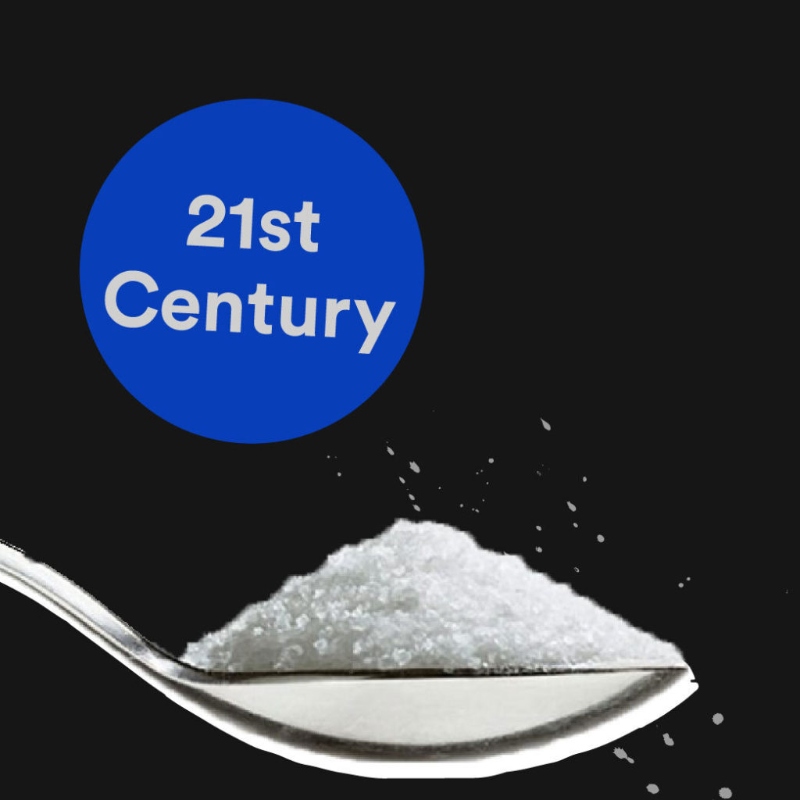
In a world where people build their original brands around offbeat words like ‘Zomato’ or ‘Swiggy’, people often ask why we went ahead with such a common name – SALT.
In 2019, Ankit and I were returning to India from Singapore when a long flight with few options for recreation prompted us to start discussing our soon-to-be company’s name.
We wanted the name to be something homely, which defines the mission of our fintech endeavor. An easy name with a history that was common throughout different cultures and across time. And that’s when ‘Salt’ first popped into our heads! We wanted money to reach every single household just like you’d find salt in any house with a kitchen.
As fascinating as this almost one-and-a-half-year-old story is, the amazing historical significance of salt is almost as old as the first instances of humans creating civilized, organized societies themselves. Before Salt takes you to the bank from 2050, hop on into our time machine. Let’s take a trip back in time!
The word “salary” was derived from the Latin word for salt, ‘sal.’ Salt was highly prized, and its production was legally regulated in ancient times. It was historically used for trade between nations, as currency, and so much more. Entire economies have been built, and wars have been fought around this commodity. In fact, salt was so valuable it was called ‘white gold’ by locals around trade routes that were used to transport it.

Trade routes that had heavy traffic of salt going through them were even termed ‘salt routes’! In 1000 BCE, salt was used as a preservative for the mummification of the great Pharaohs of Egypt.

Skip a few centuries ahead to 60AD, and we’ll see that salt was occasionally used to pay salaries for the Roman Army soldiers. It was considered a great deal of honor to be paid as such!

And for Supernatural fans out there, before Sam and Dean started it, since the 15th century, salt has been actively used to keep the evil spirit away, finding extensive use in a variety of religious rituals across cultures and oceans. Even in Leonardo Da Vinci’s famous painting, ‘The Last Supper‘, Judas has just spilled a bowl of salt, which is known as a portent of misfortune and bad health.
In the 21st century, you’ll hear old cautionary tales about throwing a bit of salt over your left shoulder into the devil’s eye if you happen to spill some, lest the devil is allowed into your home.
The reason salt was so valuable during ancient times is actually pretty elegant. Without modern refrigeration, the only way to preserve rations for the winter, especially meat, was to encase them in salt. This meant for a nation without any natural means of producing salt, such as a landlocked area, no trade routes for salt meant a possible famine for the people come winter. This also meant nations along coastlines rapidly grew and engulfed smaller surrounding nations, establishing militant and diplomatic authority in the region.

We’ve almost reached our century, with just a quick pit stop in the 19th century. While perhaps not used as currency anymore, salt was being used everywhere. From tanning leather and dyeing clothes to preserving troop rations during the American Civil War, salt was still dictating the rise and fall of powerhouse economies around the world.

Even India has seen just how precious this commodity is first hand, with Gandhi’s Dandi March, also called the Salt Satyagraha, protesting against the monopoly the British had imposed on salt, being one of the first major push backs against the colonizers.
And now in the 21st century, we at Salt, are so excited to carry forward the groundbreaking legacy of our namesake, and will change the way we bank, disrupting one space at a time.


